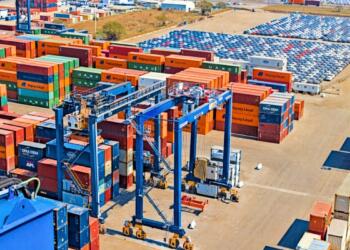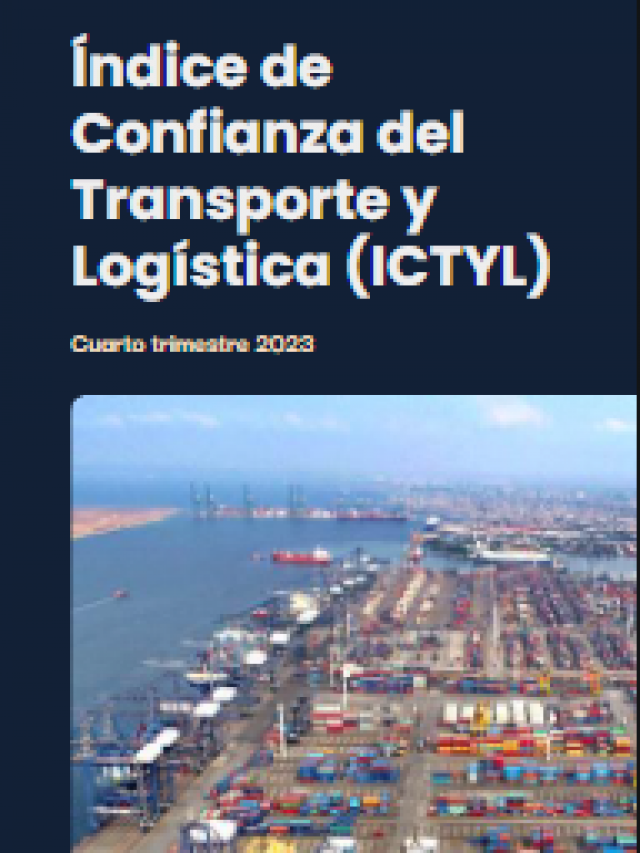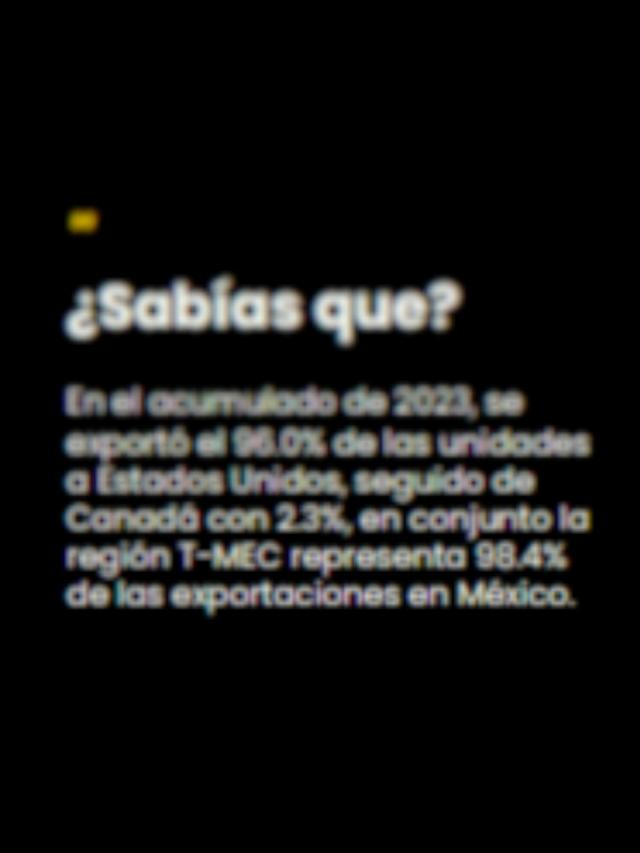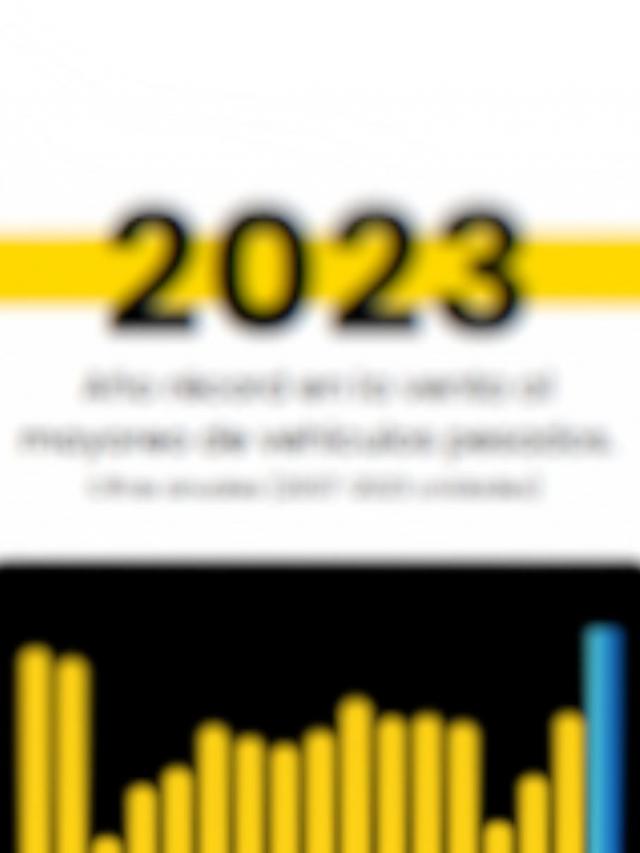Since late 2024, heavy vehicle industry participants have been anticipating that 2025 would be a year of contraction compared to the previous cycle, but even with a 20 to 25% decline, it would be one of the second best years in history.
With the release of the figures for February 2025, the sale of units remains on this downward path, both in wholesale and retail sales.
Based on figures shared by the National Association of Bus, Truck and Tractor Producers (ANPACT) , wholesale sales last February were in the order of two thousand 482 vehicles, cargo and passengers, this is a difference of -44.9% compared to the same cycle in 2024.
In retail sales, the slowdown in the referred period is 18.6% compared to 2024, with 3,738 units displaced, according to data shared by ANPACT.
With the change of NOM-044 (diesel engine emissions) in force as of 2025, where only engines that comply with Euro 6 / EPA 10 values can be produced or imported, by the end of 2024 wholesale sales (from plants to distributors) were oriented towards generating inventories of the previous Euro 5 / EPA 07 standards, which continue to be placed on the market.
When reviewing the composition of the cargo market, tractor-trailers remain the largest wholesale market , with 1,292 units moved, a 40.8% decrease compared to the previous year.
The Class 8 market sold 578 units, a 42.2% drop compared to February 2024.

In the case of the retail market, tractor-trailers sold 1,788 units , which was 22.7% below the February 2024 record.

Meanwhile, Class 8 sold 945 units, in the opposite direction to other categories, increasing its sales by 8.7% compared to the comparative cycle.
Thus, based on ANPACT figures, accumulated sales (Jan-Feb) in the wholesale segment were 4,997 units, a drop of 39.3% compared to the same cycle in 2024.
In retail, total sales reached 7,493 units, -15.2% compared to 2024.
Comment and follow us on X: @GrupoT21














